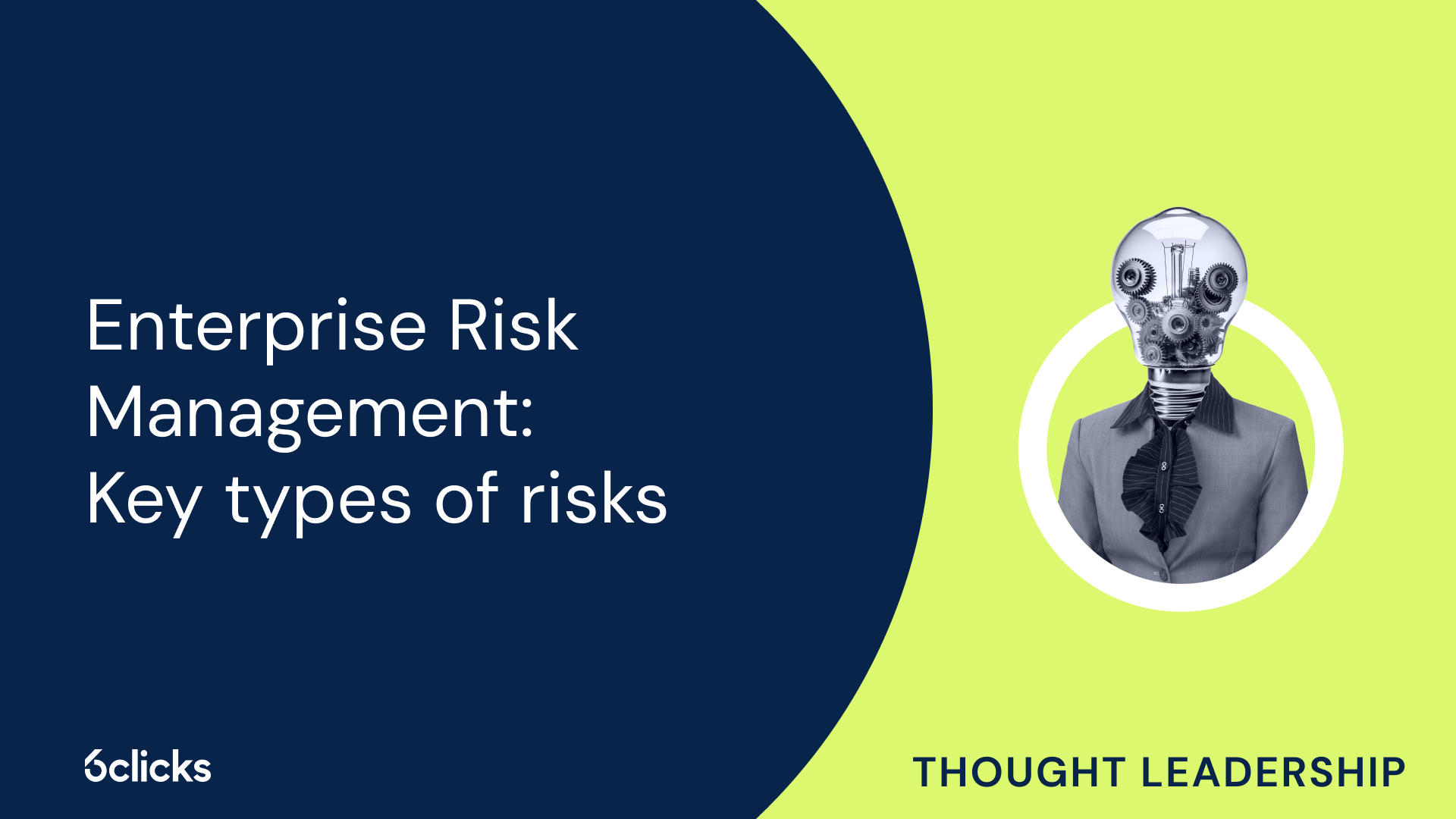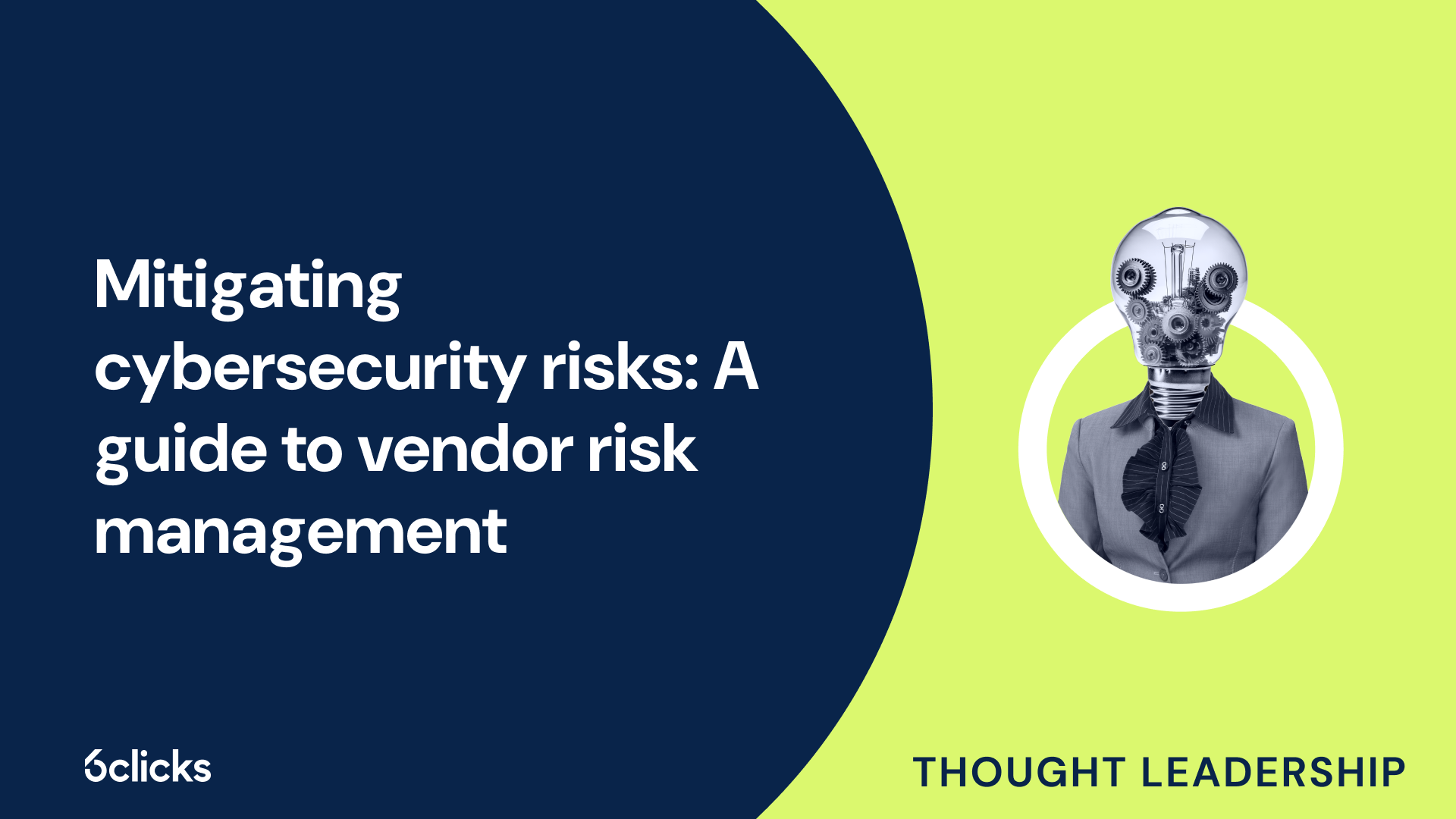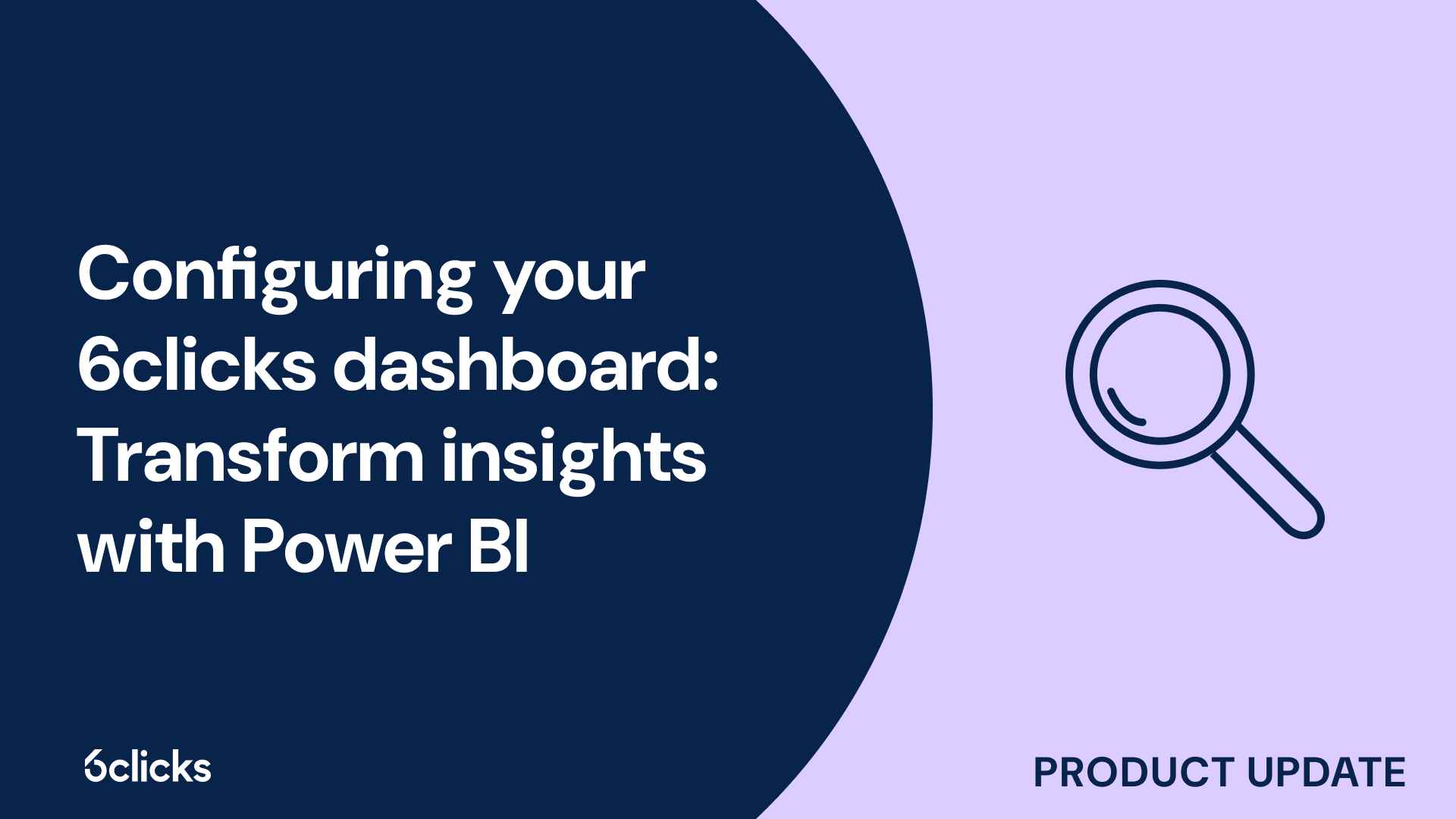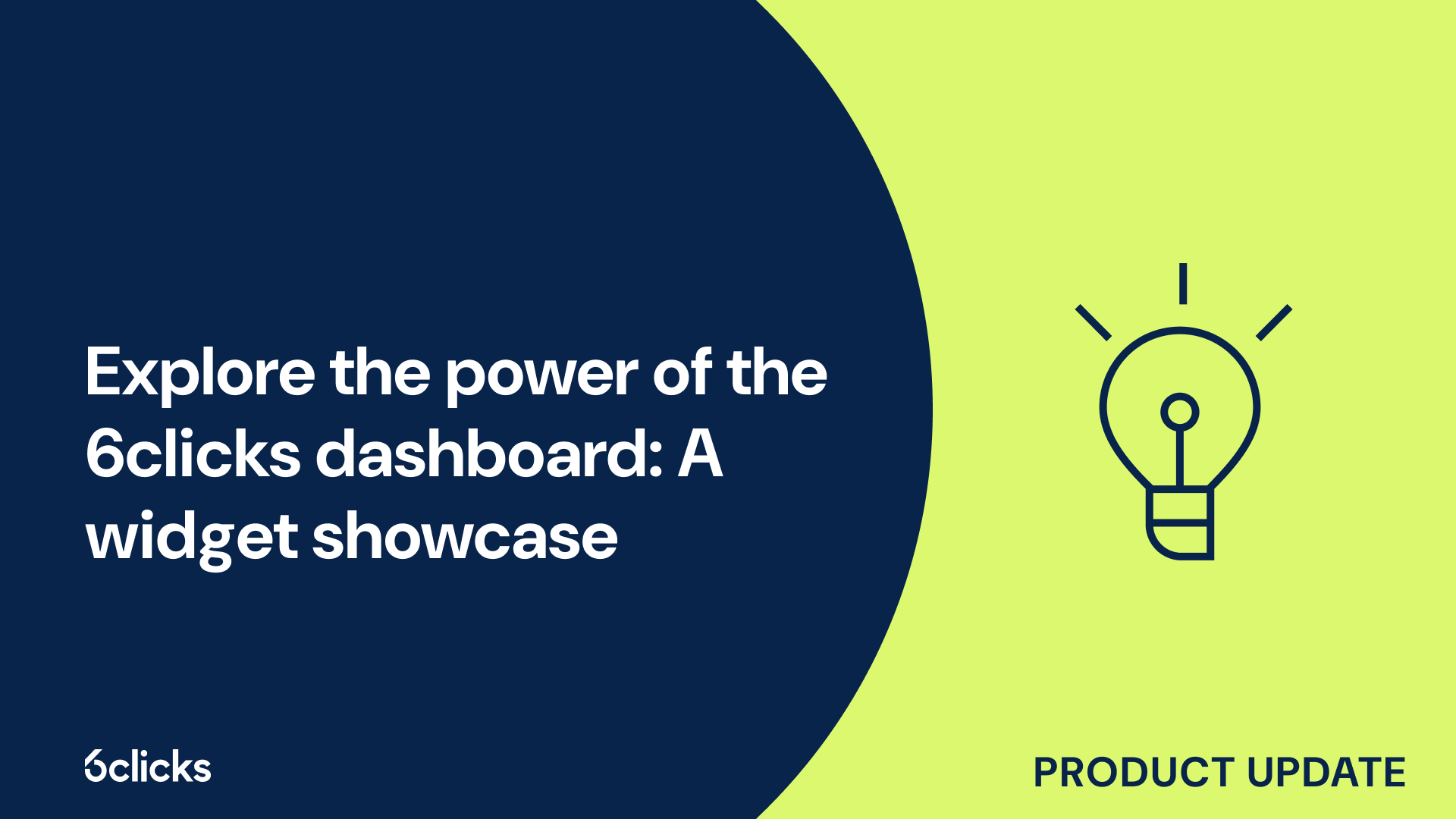The GRC buyer’s guide for 2025: Building resilience with AI-powered, federated solutions
-1.png?width=314&height=391&name=Group%20193%20(1)-1.png)
The GRC buyer’s guide for 2025: Building resilience with AI-powered, federated solutions
What is FedRAMP?
The Federal Risk and Authorization Management Program (FedRAMP) is a standardized approach to security assessment, authorization, and continuous monitoring for cloud service providers (CSPs). It was established by the U.S. government to provide a standardized approach to assessing and monitoring the security of cloud products and services used by federal agencies. FedRAMP helps federal agencies ensure the security of their data and systems when adopting cloud computing services. Through the FedRAMP program, cloud providers undergo rigorous security assessments and meet specific security requirements to obtain FedRAMP authorization. This authorization process involves working with a third-party assessment organization (3PAO) to evaluate the CSP's security package and meet the FedRAMP requirements outlined by the government. Once authorized, these CSPs can offer their cloud services to federal government agencies, thereby streamlining the procurement process for secure cloud solutions.
Who is required to be compliant with FedRAMP?
Federal agencies and cloud service providers (CSPs) offering cloud computing services to federal government agencies are required to be compliant with FedRAMP (Federal Risk and Authorization Management Program). This standardized approach to security assessment, authorization, and continuous monitoring for cloud products and services is mandated by the Cloud First Policy, which requires federal agencies to use the FedRAMP process when adopting secure cloud solutions.
To achieve FedRAMP compliance, CSPs must undergo the authorization process, which involves a comprehensive security assessment by a third-party assessment organization (3PAO). The CSP's security package is then submitted to the Federal government agency for review and approval, and if the requirements are met, a provisional authority to operate (ATO) is granted.
Compliance with FedRAMP requires adherence to the security control requirements outlined in the National Institute of Standards and Technology (NIST) Special Publication 800-53. These security controls cover various domains such as access control, incident response, configuration management, and encryption.
By requiring compliance with FedRAMP, the government ensures that cloud service offerings meet the necessary security standards. This helps protect sensitive government data across various agencies and promotes the adoption of cloud computing within the federal government, while maintaining a robust security posture.
Understanding the authorization process
Understanding the authorization process is crucial for organizations seeking FedRAMP compliance. This standardized approach to security assessment and continuous monitoring ensures that cloud service providers (CSPs) meet the stringent security requirements set by the Federal government. The authorization process involves a comprehensive security assessment conducted by a third-party assessment organization (3PAO). The CSP's security package, which includes detailed documentation of their security controls and practices, is then submitted to the Federal government agency for review and approval. If the requirements are met, a provisional authority to operate (ATO) is granted, allowing the CSP to offer their cloud services to federal agencies. This process is designed to ensure that CSPs have implemented the necessary security measures and have the capability to securely protect and handle sensitive government data. By achieving FedRAMP compliance, CSPs demonstrate their commitment to providing secure cloud solutions for federal agencies.
Understanding the authority to operate (ATO)
The authority to operate (ATO) is a crucial aspect of the Federal Risk and Authorization Management Program (FedRAMP). It is a standardized approach to security assessment, authorization, and continuous monitoring for cloud products and services used by federal government agencies. The ATO signifies that a cloud service provider (CSP) has met the rigorous security requirements outlined by FedRAMP and is deemed trustworthy to operate in a federal computing environment.
A CSP can obtain an ATO in two ways. The first is through the Joint Authorization Board (JAB), which consists of representatives from the Department of Defense, the Department of Homeland Security, and the General Services Administration. Obtaining an ATO from the JAB allows a CSP to offer their cloud service to all federal government agencies without the need for additional testing or assessments.
The second way is through a specific federal agency. In this case, the CSP works directly with the agency to meet the security requirements and obtain an ATO. This is typically done when a CSP's cloud service offering is tailored to meet the specific needs of a particular agency.
When deciding which type of ATO is suitable for their cloud service offering, CSPs should consider various factors such as the system deployment model, technology stack, market demand, and impact level. A CSP offering a cloud service that is applicable to a broad range of federal government agencies may opt for the JAB ATO to reach a wider market. On the other hand, a CSP providing a specialized cloud service may choose to pursue an ATO through a specific federal agency to meet the unique requirements of that agency.
The three impact levels of security requirements
In order to classify the security requirements for cloud service providers (CSPs), FedRAMP has established three impact levels: low, moderate, and high. These impact levels are determined based on the potential damage that could occur to agency assets, financials, individual harm, and catastrophic consequences.
For low impact systems, the potential damage is limited. Confidentiality, integrity, and availability of information are important, but the impact of a compromise is minimal. These systems generally contain non-sensitive, public information.
Moderate impact systems have a slightly higher potential for damage. The compromise of these systems could result in serious harm to agency assets, financials, or individuals. Confidentiality, integrity, and availability of information are essential, and additional safeguards are put in place to protect against potential threats.
High impact systems pose the greatest risk and have the most stringent security requirements. The potential compromise of these systems could have catastrophic consequences, such as national security threats or significant financial losses. The confidentiality, integrity, and availability of information must be protected at the highest levels.
By classifying CSPs into these impact levels, FedRAMP ensures that the appropriate level of security controls and measures are implemented to safeguard federal government data. This standardized approach to security assessment and authorization helps maintain the confidentiality, integrity, and availability of information in cloud computing environments.
Provisional authorizations and security packages
Provisional authorizations and security packages play a crucial role in achieving FedRAMP compliance. In the authorization process, federal agencies and cloud service providers need to obtain provisional authorizations as a step towards full compliance.
Provisional authorizations serve as interim approvals granted to cloud service offerings that meet certain security requirements. These authorizations allow federal government agencies to assess and utilize cloud products while they work towards fully meeting the FedRAMP compliance standards. It provides a standardized approach to security assessment and authorization for cloud computing services within the federal government.
Security packages are an essential component of the authorization process. They consist of comprehensive documentation that includes security controls, assessment results, and other relevant information about the cloud service provider's security posture. These packages must meet the specific requirements outlined by FedRAMP.
Creating a security package involves documenting the implementation of security controls, conducting security assessments, and providing evidence of compliance with FedRAMP requirements. It should include the system security plan, vulnerability scanning results, incident response plan, and other relevant documentation.
By obtaining provisional authorizations and creating comprehensive security packages, federal agencies and cloud service providers demonstrate their commitment to FedRAMP compliance. This ensures that cloud service offerings meet the necessary security standards, furthering the adoption of secure cloud solutions within the federal government.
Third-party assessment organizations (3PAOs) and continuous monitoring
Third-party assessment organizations (3PAOs) play a crucial role in the FedRAMP compliance process, ensuring that cloud service providers meet the stringent security requirements set by the federal government. These specialized organizations conduct thorough cybersecurity assessments to evaluate the security controls and practices implemented by cloud service providers.
These assessments involve a comprehensive review of the cloud provider's infrastructure, policies, procedures, and technical safeguards. 3PAOs examine the effectiveness of security measures and identify any vulnerabilities or weaknesses that need to be addressed. Their expertise ensures that cloud service offerings meet the necessary security standards before being granted authorization to operate within the federal government.
Continuous monitoring is another essential aspect of the FedRAMP compliance process, and it involves ongoing assessments of cloud service offerings. This monitoring ensures that security controls are consistently maintained and that any changes or potential security risks are promptly identified and addressed. 3PAOs assist in this process by regularly monitoring for compliance with FedRAMP requirements and reporting any deviations or incidents that may arise.
Additionally, 3PAOs create Readiness Assessment Reports (RARs) as part of their evaluation process. These reports provide an in-depth analysis of the cloud service provider's security posture, including an assessment of their readiness to undergo the FedRAMP authorization process. RARs help organizations establish a clear baseline of their security and risk posture, enabling them to identify areas for improvement and prioritize necessary security enhancements.
The process for obtaining a FedRAMP authorization
The process for obtaining a FedRAMP authorization involves four main steps: package development, assessment, authorization, and monitoring.
During the package development phase, cloud service providers (CSPs) work on developing the necessary documentation required for the authorization process. This includes an authorization kick-off meeting, which initiates the process, followed by the completion of a System Security Plan (SSP). The SSP outlines the security controls implemented by the CSP to protect federal data in their cloud environment. Additionally, CSPs develop a Security Assessment Plan (SAP) that details how their security controls will be evaluated.
The assessment phase focuses on evaluating the effectiveness of the security controls implemented by the CSP. A third-party assessment organization (3PAO) conducts an assessment of the CSP's security measures and produces a Security Assessment (SA) report. This report outlines any vulnerabilities or weaknesses identified during the assessment. Additionally, the CSP creates a Plan of Action & Milestones (POA&M) that identifies the steps they will take to address any identified issues.
Upon successful completion of the assessment phase, the CSP enters the authorization phase. This involves submitting the SA report and POA&M to the FedRAMP Program Management Office (PMO) for review. If the PMO determines that the CSP meets the necessary security requirements, they grant the authorization to operate (ATO).
Once authorized, the CSP enters the monitoring phase, where they must maintain their compliance with the FedRAMP requirements. Continuous monitoring ensures that security controls are consistently maintained and any changes or potential risks are promptly addressed. 3PAOs play a key role in this phase by regularly monitoring the CSP's compliance with FedRAMP requirements and reporting any deviations or incidents that may occur.







